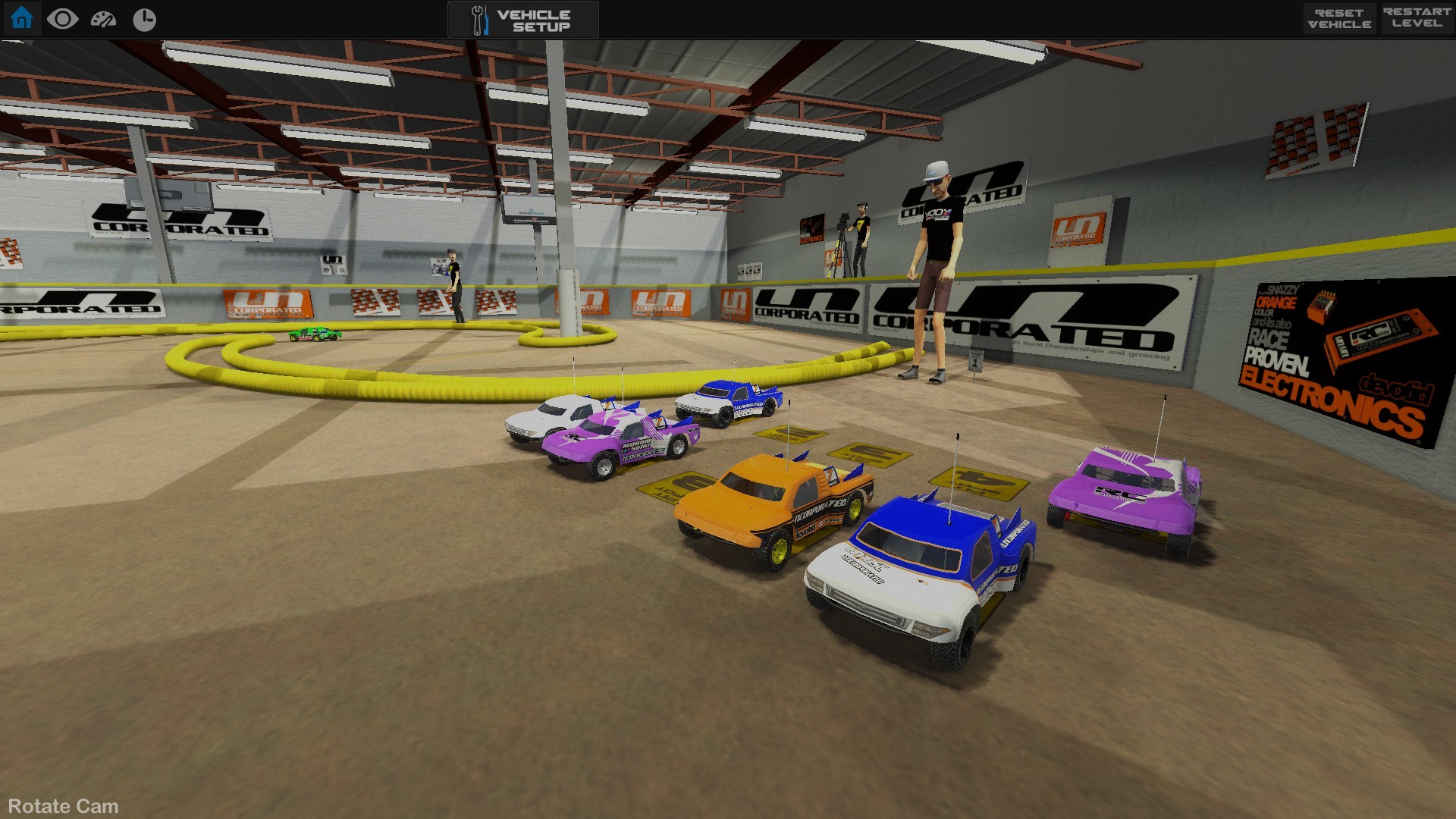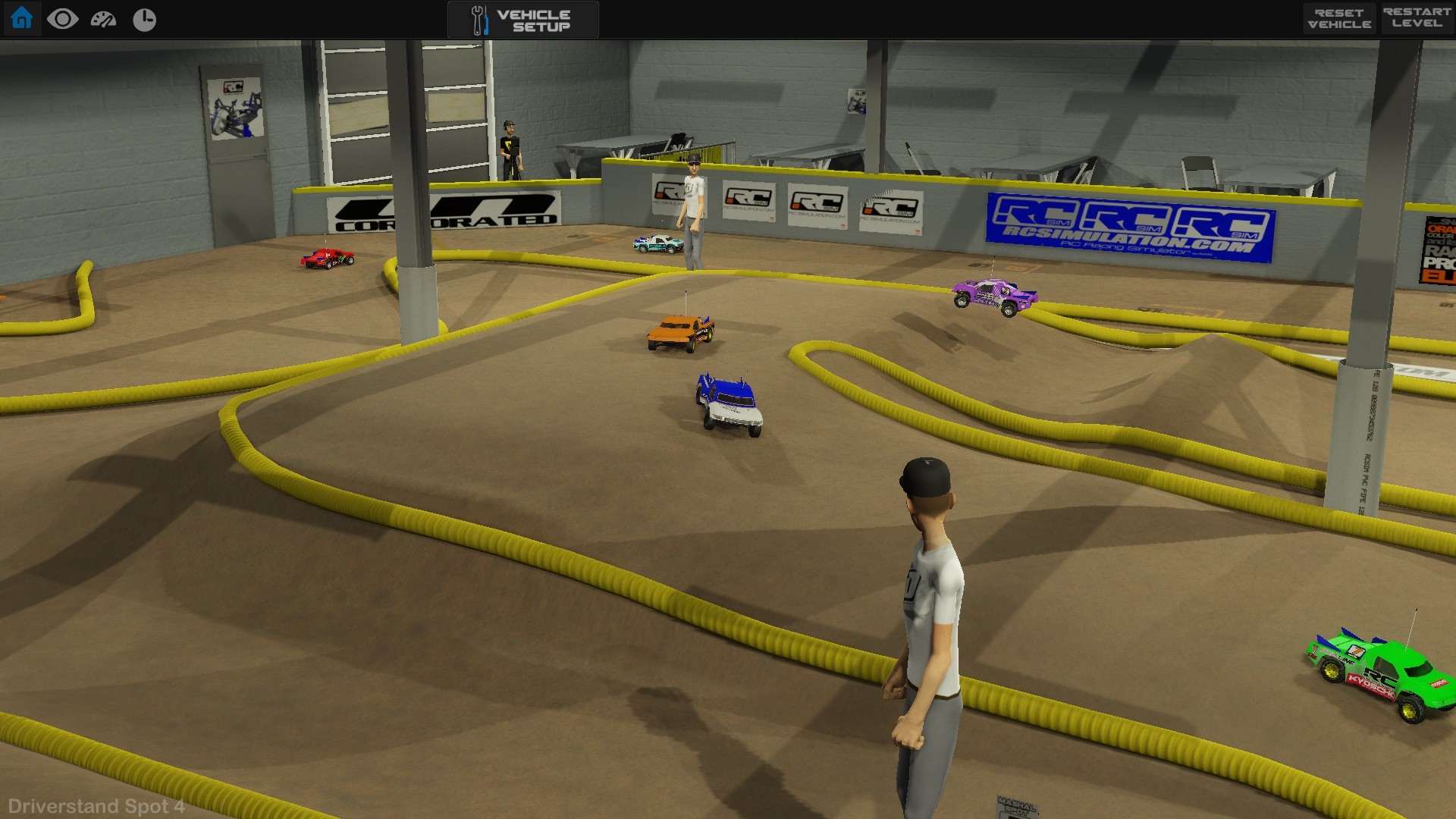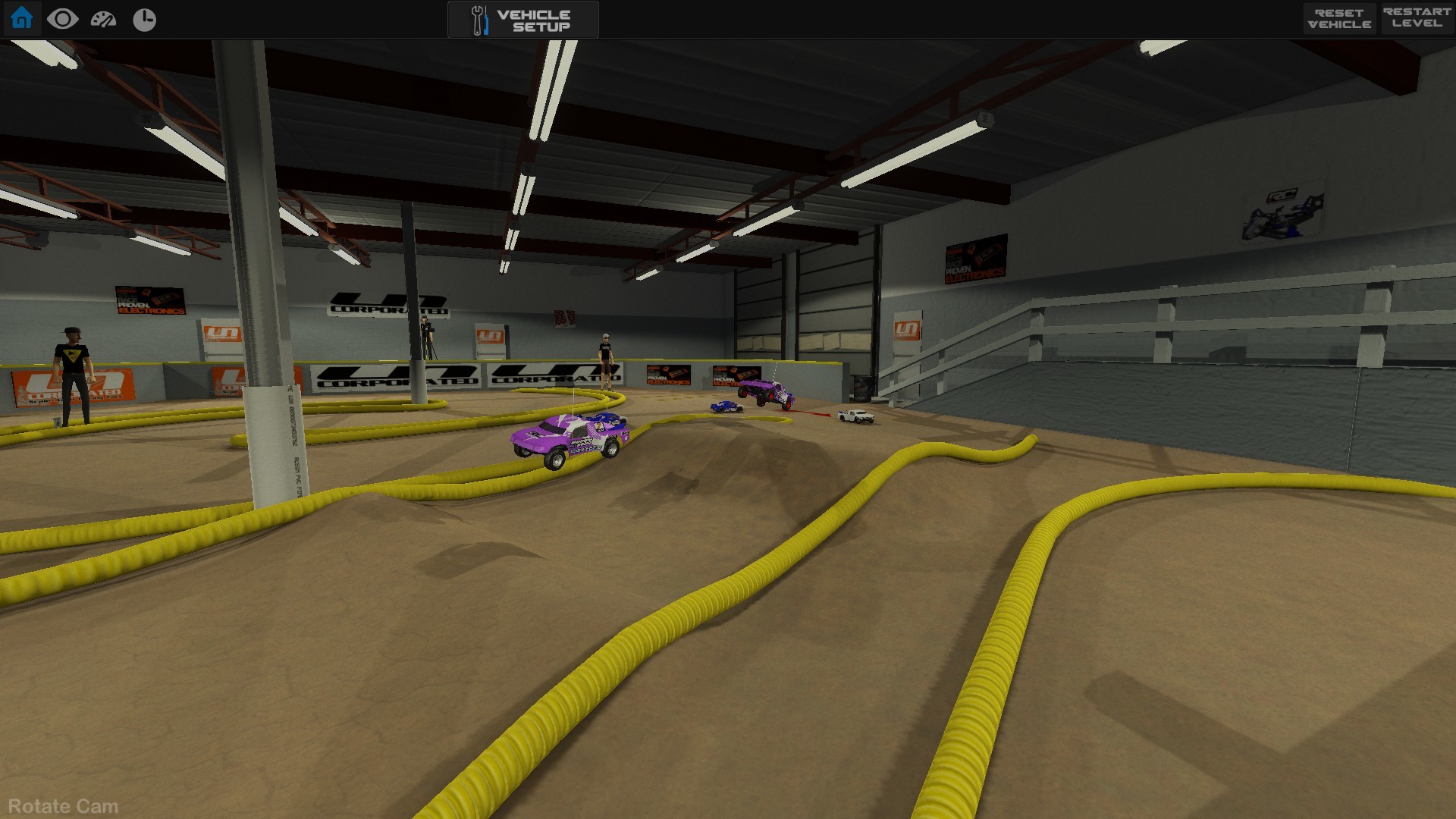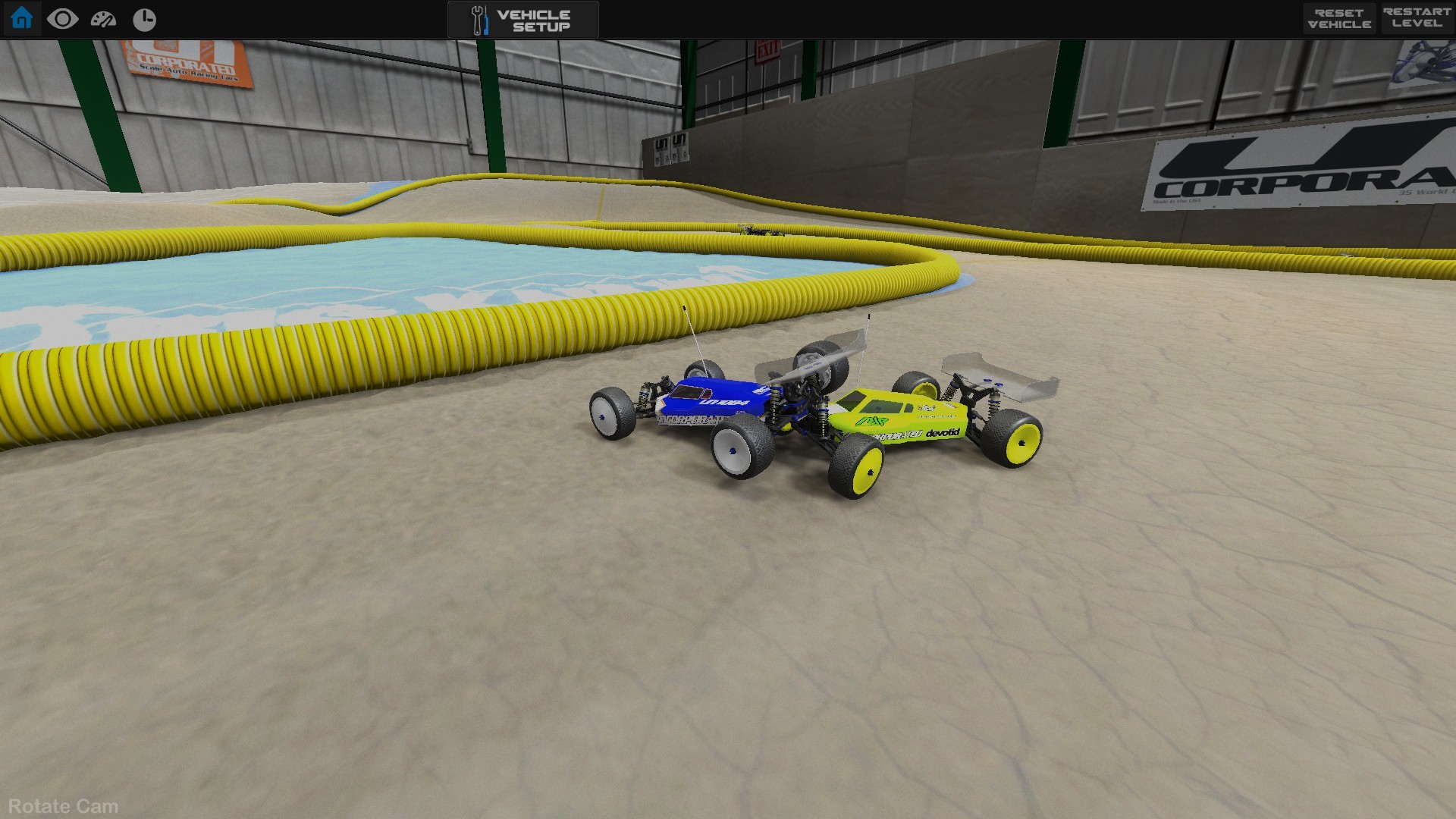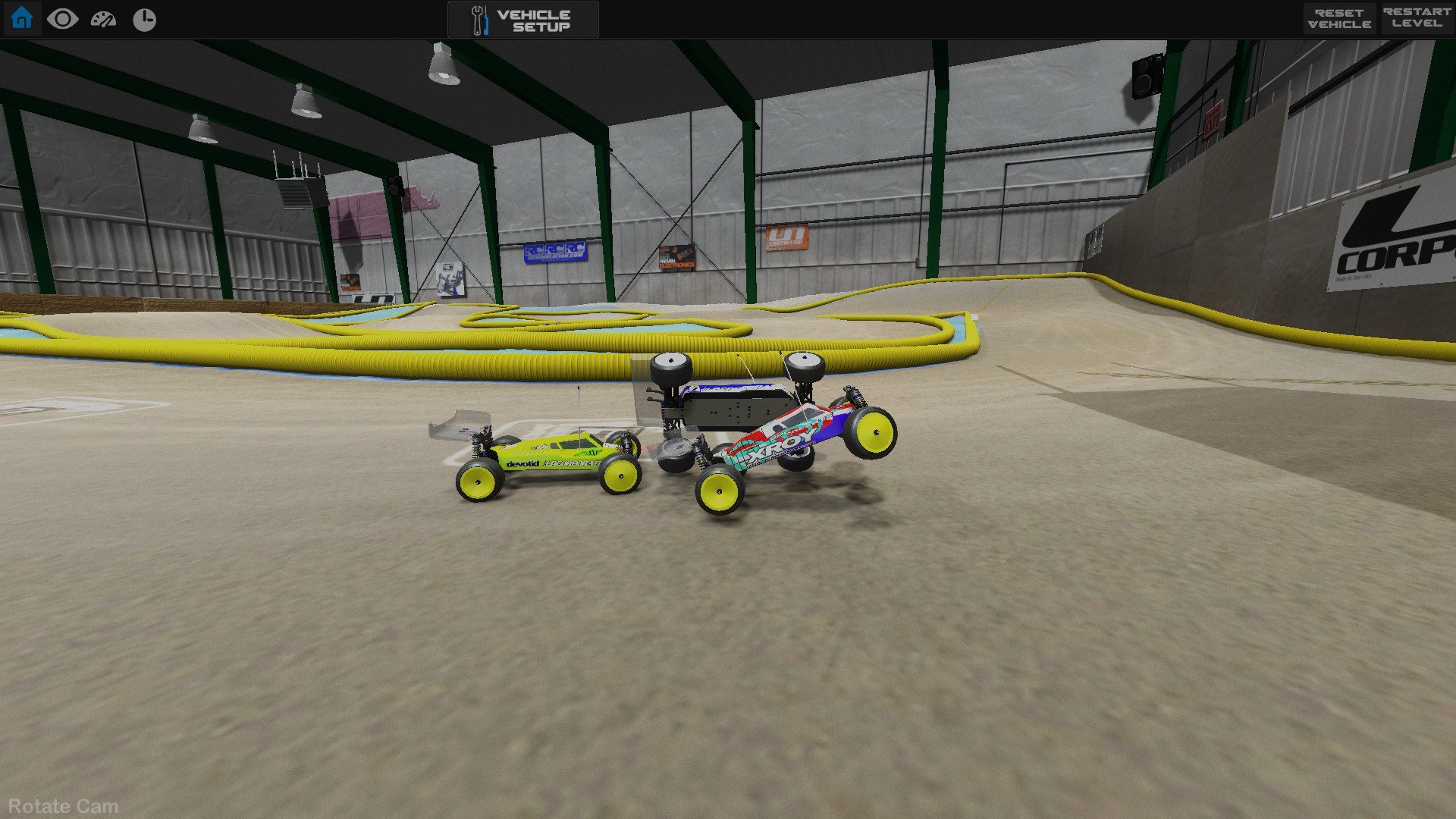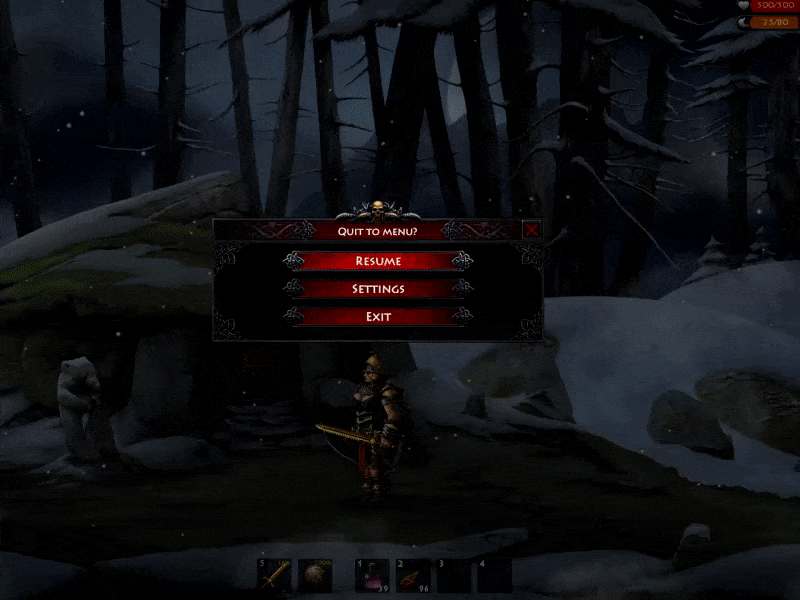
Apr 17, 2018
Crossout - XO_Team
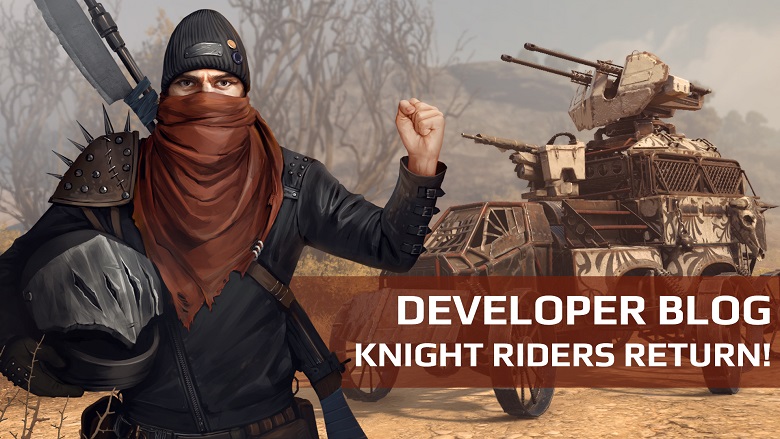
Welcome to all survivors in the Wasteland!
Knight Riders are back and once again they bring us a lot of interesting things. As always, earning parts and respect of the Knechte will not be easy — you have to prove your valor and courage. Prove that you are worthy of contacting them and doing business with them. To do this, you need to complete faction tasks — a real test of any survivor's skill.
Find out more on the official Crossout website!













